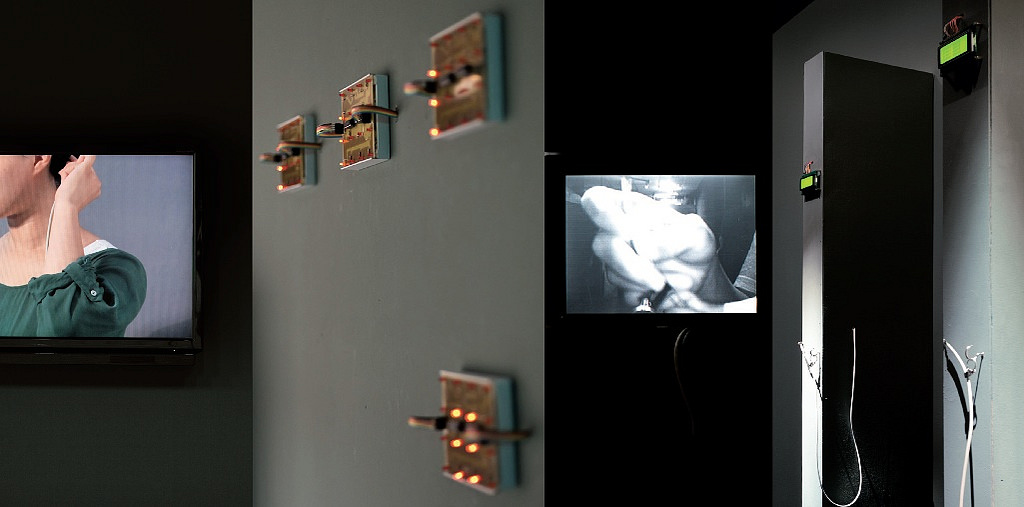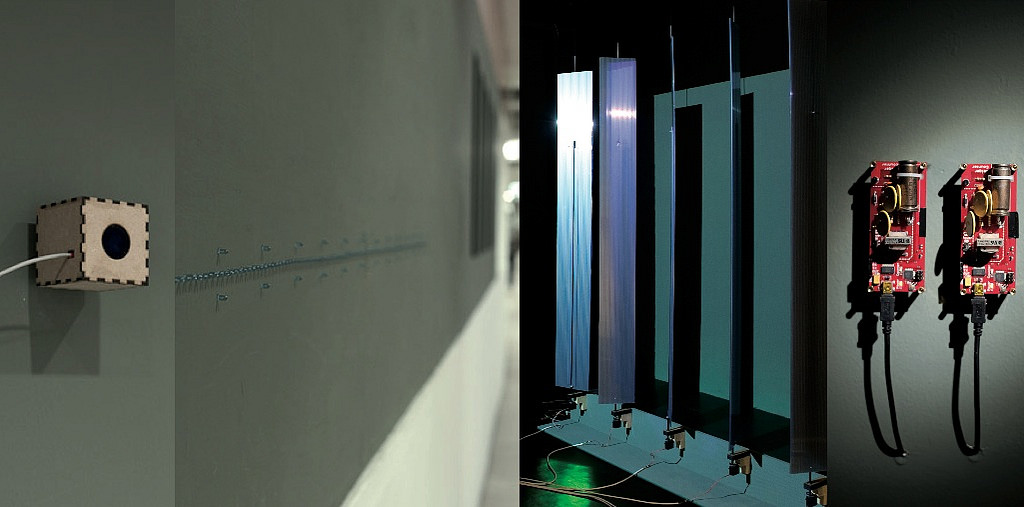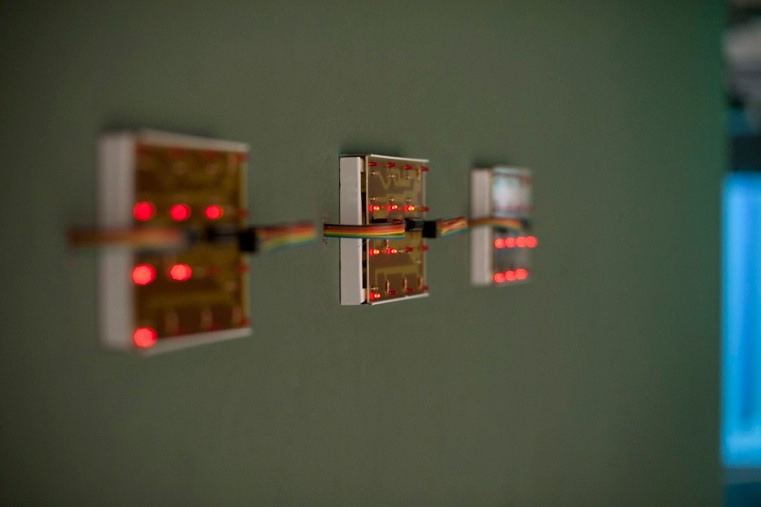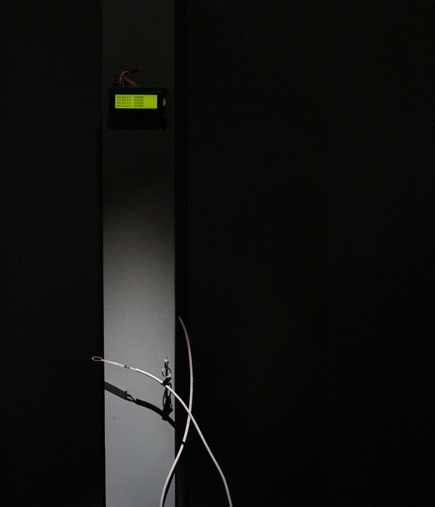In the simplest case re-activity is about the relation between two conditions. In this perspective re- activity is just the >natural< way to introduce change inside a given >system<, and it is sensitive to environmental phenomena as human presence or cosmic radiation. It re-acts, so I am.
To reflect reactivity is a question of understanding environment, but also a strategy of definition of the observing/acting subject. The technological and commercial development strategy of making things smart is working on the ongoing renewed definition of a subject/player able to see her/his self in a data-made context. Data-based diagnostic already upgraded the metaphoric dimension of the mirror as far as we recognize >intermediated< realities–about us and the space around us–as realities we can move through, as realities we belong to.
re-active platform tries to reflect the fascination for >intermediation< of reality on a minimalistic, somehow abstract level, on the level of the diagram, we could say.
The visualization of relationships, the construction of simple systems made by correlated elements, were the leading idea the platform applied for the set-up in MOCA Taipei (2011). The set-up was organized in modules, dedicated to functional ideas as self-regulation; reception; amplification; navigation; coincidence (detection of). And the gesture of >intermediation< itself.
-re-active platform (Artur Holling, Karin Lingnau, Luis Negrón van Grieken, Ji Hyun Park, Susanna Schoenberg, Ralf Baecker)




